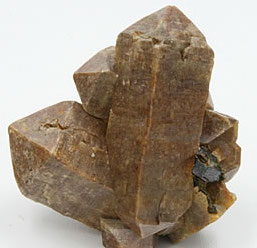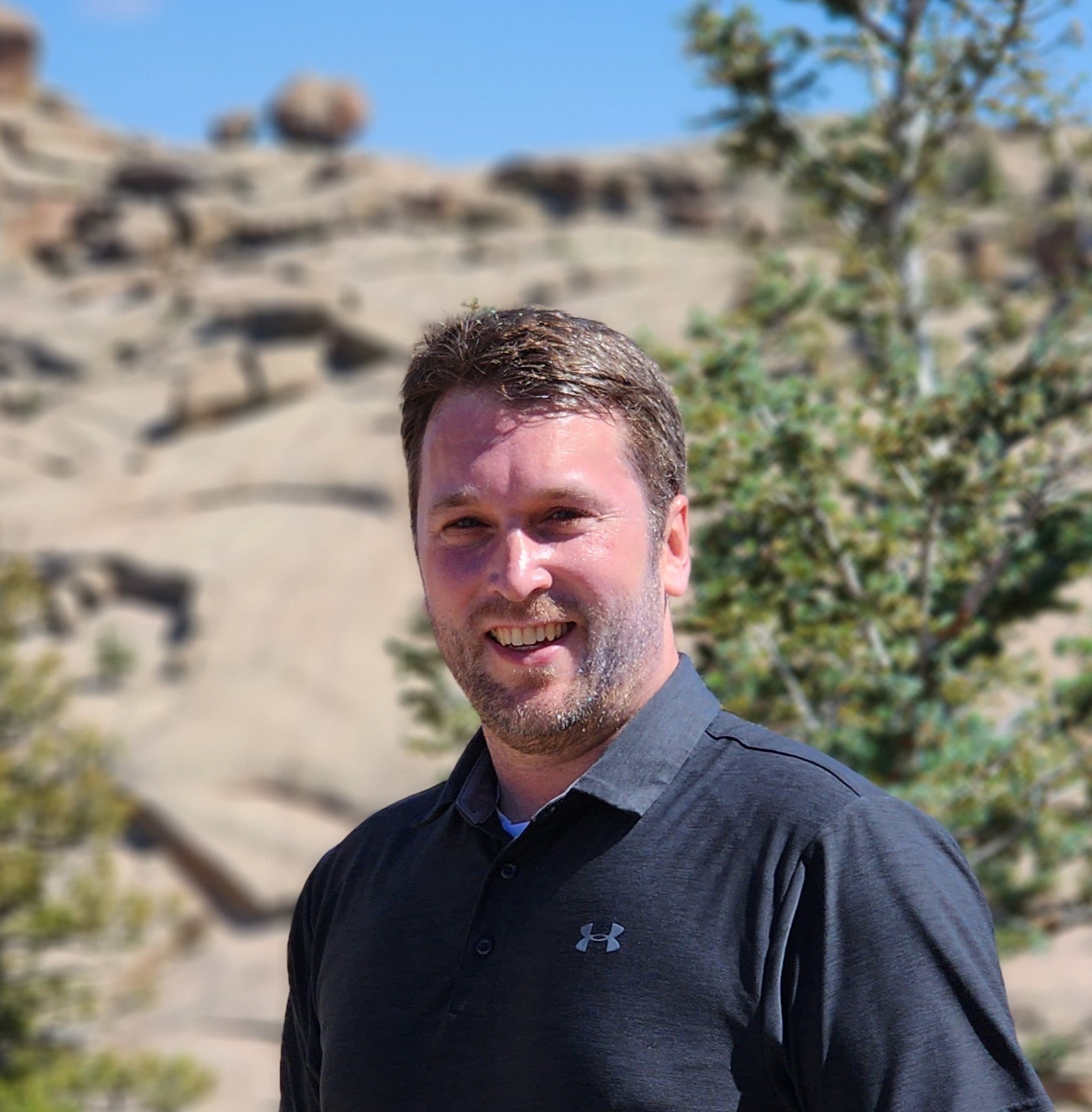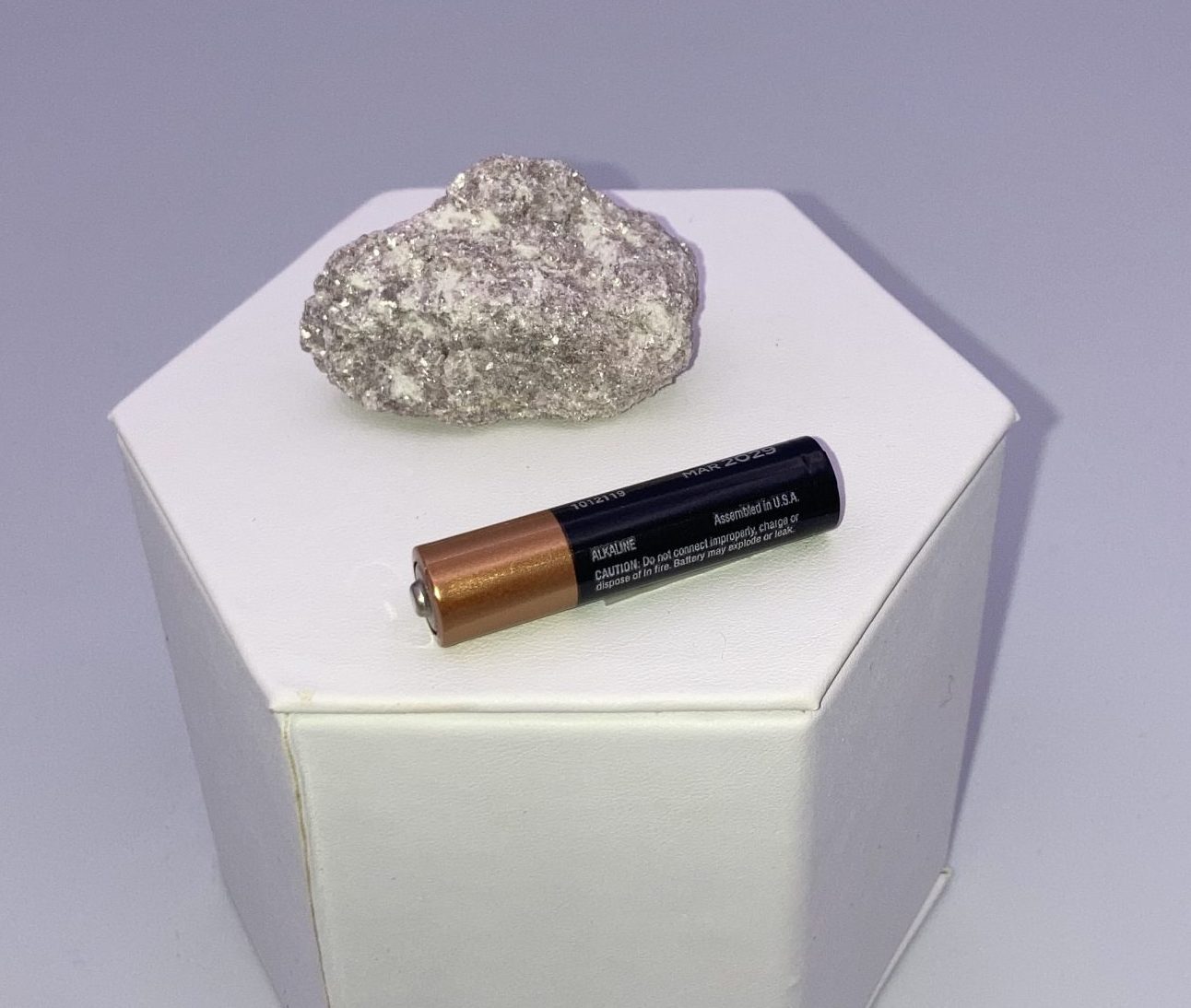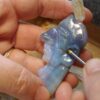During your visits to the Lizzadro Museum, you may have noticed a small rock in the Rocks display. This rock is a part of the Acasta Gneiss (pronounced “nice”) and it is considered to be one of the oldest rocks on earth!

The Acasta Gneiss was first described in 1989, found in the Northwest Territories of Canada. A metamorphic rock, its protolith (original, unmetamorphosed rock) was a granite, an intrusive igneous rock. Using radiometric dating of zircon crystals found in the rock, scientists determined the age of the zircon crystals to be 4.031 Ga (4 billion years old). That means, the zircons found in the Acasta Gneiss are almost as old as the earth itself!

Zircons have been used to measure some of the oldest rocks on earth, including the Acasta Gneiss. It is common in the crust of the earth and occurs in igneous rocks, although it is usually very small (0.1-0.3 mm). It is resistant to heat and erosion, making it an ideal mineral for measuring ages of rocks. Additionally, it commonly contains trace elements, including uranium and thorium, elements that are radiogenic.
Radiometric dating, using elements (such as uranium) that break down over time, is the main way scientists can estimate actual ages of rocks, within a few thousand years. Understanding how long it takes for an element to break down into half the original amount is called the element’s half-life. For example, let’s take two elements: element A (the parent element) which breaks down into element B (the daughter element).
If we start with 100% element A and 0% element B, the time it takes to turn into 50% element A and 50% element B is called the “half-life.” This video shows a cool experiment you can do with M&Ms.
Half-lives are unchanging figures that have been tested repeatedly. Using mathematical analysis, scientists can determine how old a rock or mineral is using these half-lives. The most commonly known method is Carbon-14 dating. However, the half-life of 14C is only 5,730 years, definitely not helpful when trying to determine something as old as the Acasta Gneiss! Instead, scientists can use uranium-lead dating, utilizing the trace amount of uranium in the zircon crystals. Uranium (238U) breaks down into lead (206Pb) over a half-life of 4.47 billion years. Using these known measurements, scientists have been able to age the zircons of the Acasta Gneiss to just over 4 billion years old.
Next time you visit the Museum, come check out our piece of earth’s oldest rocks, the Acasta Gneiss!










